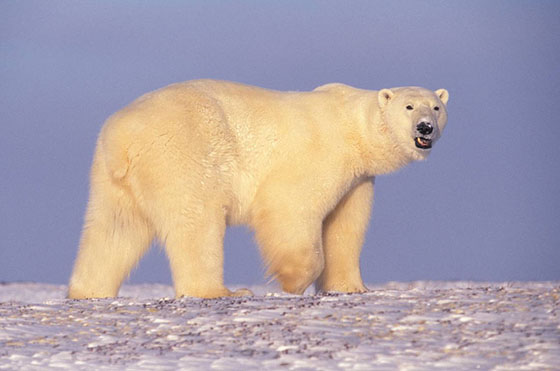Where are the Polar Bears?
Plus, miscellany …
Let’s start with a few quick notes. If you’re interested in:
Night photography: Check out NationalParksAtNight.com, where we just launched a new blog about … well, night photography. This week’s post is by longtime nocturnal photographer Lance Keimig, who answers the excellent question: “Does Expose to the Right apply at night?”
Night wildlife photography: Read this great article that Huffington Post ran this week about George Shiras, who more than a century ago was photographing animals in the dark using what were then groundbreaking techniques: “How A Nocturnal Politician Became The Unlikely Father Of Wildlife Photography.”
New national parks: There’s some noise in Arizona in favor of making Chiricahua National Monument the next national park. The local U.S. Congressional representative is planning to introduce a bill soon. For some details, see “Our next national park could be in southern AZ.”
Ham radio: ARRL, the national association for Amateur Radio, is hosting a yearlong campaign for ham operators to activate in national parks. I was interviewed for their magazine to offer tips for photographing while in the parks. See the PDF “National Parks on the Air.”
Onward…
This Week’s Question
Q. I read your book, and while it covers a lot of the animals I can take pictures of, I don’t see anything about polar bears. What national park or parks can I find them in? — Denise, Las Vegas
A. With that criterion, I’m afraid you’re out of luck. No U.S. national park has a population of polar bears.
If you want to photograph polar bears, here are two alternatives:
1) The National Park Service administers plenty of lands aside from national parks, and if you want to stay in U.S. parks, that’s where to look.
According to the NPS, polar bears are found in two of their units: Bering Land Bridge National Preserve and Cape Krusenstern National Monument, both of which are in Alaska, neither of which are easy to visit. For more information, see the park service’s “Polar Bears” website.
You could also try the Arctic National Wildlife Refuge and the Alaska Maritime National Wildlife Refuge. Both are run by the U.S. Fish & Wildlife Service, which touts the two as the only refuges that are “home to all three species of North American bear (black, brown, and polar).”
2) Go to Canada. That’s where to find polar bears in national parks, and it’s arguably the best place to photograph them.
Polar bears frequent many Canadian national parks, perhaps most notably in Wapusk, Auyuittuq and Quttinirpaaq.
If you want to venture into the wild to photograph polar bears, it’s worth noting that their behavior is somewhat different than the brown or black bears common in the lower 48. Parks Canada has an excellent downloadable PDF brochure titled “Safety in Polar Bear Country.”
Subscribe & Follow
Subscribe to this Newsletter: Subscribe
Submit a Question: Submit
Follow Me on Facebook: facebook.com/PhotographingNationalParks
Follow Me on Twitter: twitter.com/PhotoNatPark
Follow Me on Instagram: instagram.com/PhotographingNationalParks


